Ataxia in children: early recognition and clinical evaluation
- PMID: 28257643
- PMCID: PMC5347818
- DOI: 10.1186/s13052-016-0325-9
Ataxia in children: early recognition and clinical evaluation
Abstract
Background: Ataxia is a sign of different disorders involving any level of the nervous system and consisting of impaired coordination of movement and balance. It is mainly caused by dysfunction of the complex circuitry connecting the basal ganglia, cerebellum and cerebral cortex. A careful history, physical examination and some characteristic maneuvers are useful for the diagnosis of ataxia. Some of the causes of ataxia point toward a benign course, but some cases of ataxia can be severe and particularly frightening.
Methods: Here, we describe the primary clinical ways of detecting ataxia, a sign not easily recognizable in children. We also report on the main disorders that cause ataxia in children.
Results: The causal events are distinguished and reported according to the course of the disorder: acute, intermittent, chronic-non-progressive and chronic-progressive.
Conclusions: Molecular research in the field of ataxia in children is rapidly expanding; on the contrary no similar results have been attained in the field of the treatment since most of the congenital forms remain fully untreatable. Rapid recognition and clinical evaluation of ataxia in children remains of great relevance for therapeutic results and prognostic counseling.
Keywords: Acute cerebellitis; Ataxia; Cerebellar malformations; Cerebellar syndrome; Diagnostic maneuvers.
Figures
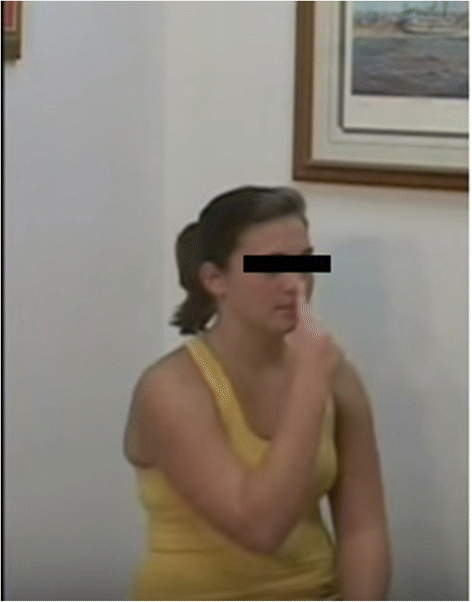
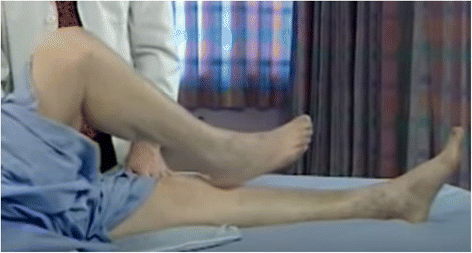

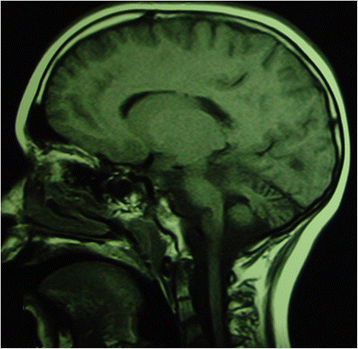
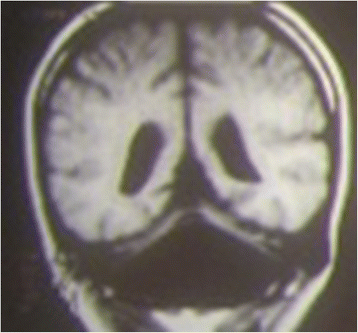
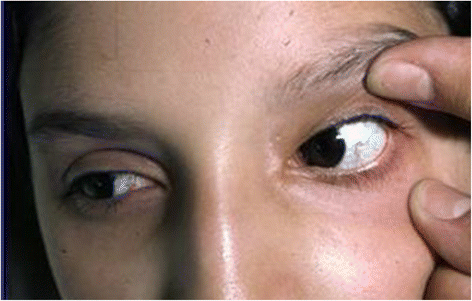
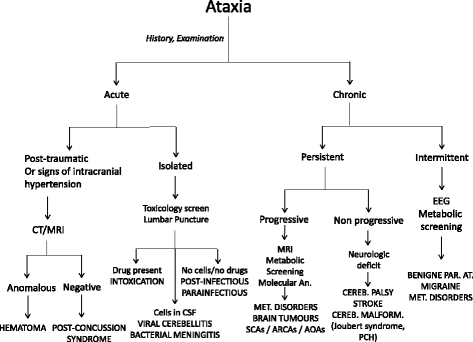
Comment in
-
Ataxia in children: think about vitamin E deficiency ! (comment on: ataxia in children: early recognition and clinical evaluation).Ital J Pediatr. 2017 Jul 19;43(1):62. doi: 10.1186/s13052-017-0378-4. Ital J Pediatr. 2017. PMID: 28724389 Free PMC article.
References
-
- Pandolfo M, Manto M. Cerebellar and afferent ataxias. Continuum (Minneap Minn) 2013;19:1312–43. - PubMed
Publication types
MeSH terms
LinkOut - more resources
Full Text Sources
Other Literature Sources

